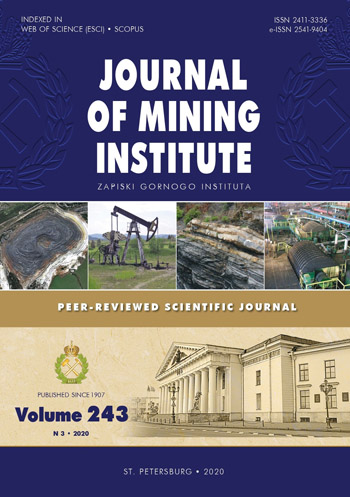Improving the geological and hydrodynamic model of a carbonate oil object by taking into account the permeability anisotropy parameter
- Ph.D. Associate Professor Perm National Research Polytechnic University
Abstract
Significant share of the developed oil assets related to carbonate complex-built objects has formidably increased in Russia, including the Perm Region. Reliable knowledge of the parameters for the cavern-pore type of the reservoir allows clarifying the existing geological and hydrodynamic models (GHM), selecting a rational development system, regulating the development processes and providing optimal geological and technical measures for this formation. In the construction and adaptation of GHM for oil fields, especially those related to complex-built carbonate reservoirs, knowledge of both horizontal and vertical permeability (anisotropy parameter) is important. When creating GHM of carbonate objects in Perm Region deposits, vertical permeability is often taken to be zero, although this is far from being the case. Determining the vertical permeability (anisotropy parameter), its dynamics when changing the formation and bottomhole pressures and using it in GHM is an urgent task that will improve the quality and reliability of using digital models to calculate and predict the oil production process. Article describes the methodology for determining permeability anisotropy according to the interpretation of hydrodynamic investigations of wells. Proposed methodology for determining the anisotropy parameter processed the results of more than 200 studies conducted on production and injection wells of the Famennian deposit at the Gagarinskoye field. For each lithological-facies zone, dependence of the permeability anisotropy index on the bottomhole pressure is constructed. To predict and evaluate the effectiveness of the applied geological and technical measures and technological development indicators, author modified the geological and hydrodynamic model taking into account the obtained dependencies on the change in the anisotropy parameter. Using a modified hydrodynamic model, it was possible to significantly improve the adaptation of both production and injection wells. Thus, the quality and reliability of the digital model of the Famennian deposit at the Gagarinskoye field for calculating and predicting the oil production process has improved.
